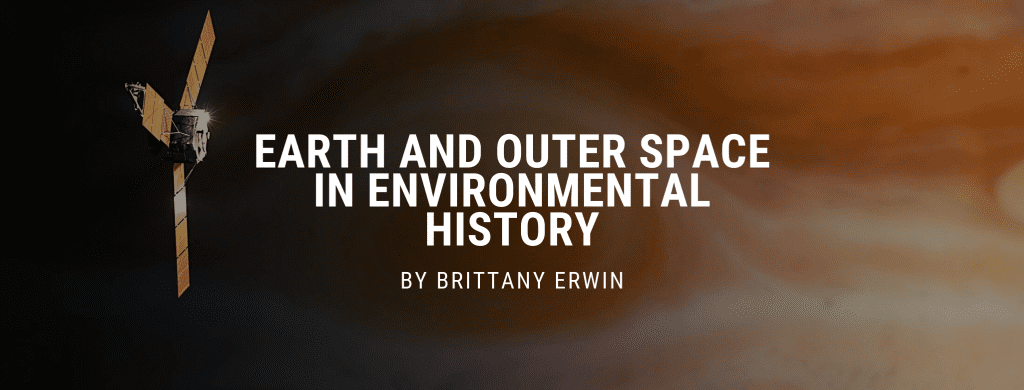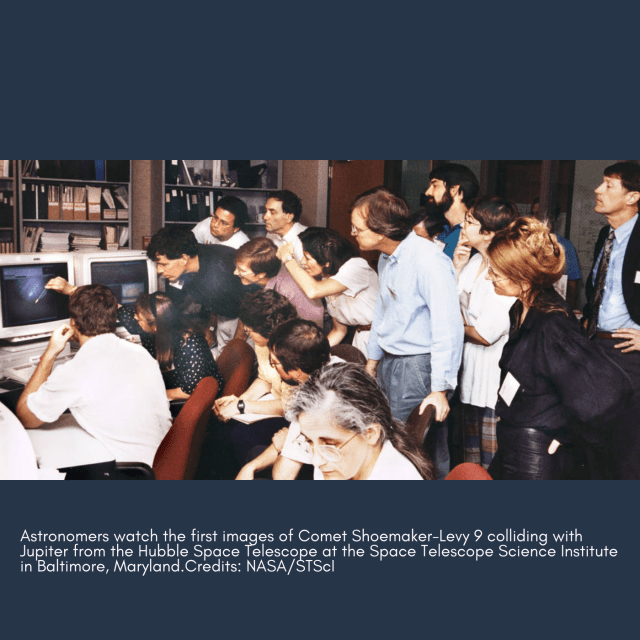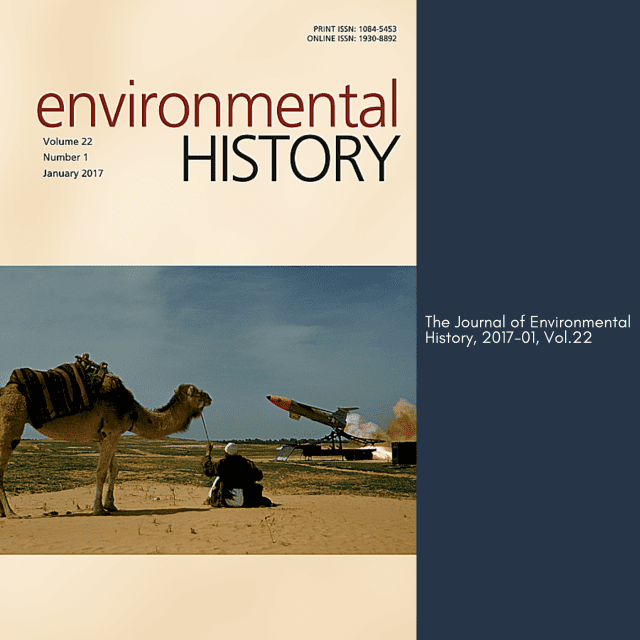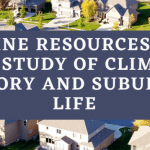
As part of the Institute for Historical Studies’ “Climate in Context: Historical Precedents and the Unprecedented” series for the 2020-2021 academic year, Not Even Past will be publishing a weekly blog organized around the speakers who will present across the year and key topics in Climate History.
Dr. Dagomar Degroot of Georgetown University delivered the inaugural presentation for the “Climate in Context” series on September 21, 2020. Dr. Degroot is an Associate Professor of Environmental History whose work incorporates both scientific research and historical analysis to study the Little Ice Age. Previous blog posts have described the environmental history website he created (HistoricalClimatology.com) as well as his groundbreaking book.
This blog post reflects on one of Dr. Degroot’s recent articles, entitled “‘A Catastrophe Happening in Front of Our Very Eyes’: The Environmental History of a Comet Crash on Jupiter.”

The article suggests that humanities scholars and scientists of environmental history should rethink the role of space in their research. Dr. Degroot argues that “changes in environments far removed from Earth have had profound consequences for human history.” The essay “explores complex intellectual, cultural, and political responses to the collision between Jupiter and the fragments of comet Shoemaker-Levy 9” in 1994.
Dr. Degroot urges environmental historians to “see the whole universe as one big environment, a mosaic of natures connected by human thinking and Newtonian, relativistic, and quantum physics.” He argues that environmental history “should explore humanity’s historical relationships with the nonhuman universe, not just the nonhuman Earth.”

He continues, “[u]ntil now, scientists have taken the lead in identifying the most dramatic human responses to changes in extraterrestrial environments. However, environmental historians are uniquely qualified to disentangle complex connections between human histories and environmental changes beyond Earth.”
The article serves as an important jumping off point for future research into both the effects of earthy phenomena on the world’s climates and also the consequences of the “agency of cosmic environments.”
For access to the full article, see The Journal of Environmental History, 2017-01, Vol.22 (1), p.23-49.

Image Credits: NASA.gov
Further reading:
“IHS Climate in Context: Understanding Resilience in the History of Climate Change” by Dagomar Degroot
The views and opinions expressed in this article or video are those of the individual author(s) or presenter(s) and do not necessarily reflect the policy or views of the editors at Not Even Past, the UT Department of History, the University of Texas at Austin, or the UT System Board of Regents. Not Even Past is an online public history magazine rather than a peer-reviewed academic journal. While we make efforts to ensure that factual information in articles was obtained from reliable sources, Not Even Past is not responsible for any errors or omissions.



